I followed a tutorial on Sparkfun to put together a 5V power supply. But for some reason I'm only reading 4V coming out of the regulator. I know it's not the regulator because this is the second one I've tried. I checked the data sheet to make sure it's connected right and yet the problem still persists. I'm pretty sure I'm giving it enough power because it outputs 4V with a 9V wall wart input as well as around 15V from two 9V batteries in series. Eventually I gave up and decided to move on, even though 4V is below the minimum rating of the ATmega328p (4.5V,) and now I'm facing problems trying to program the chip, which I assume is because of the chip not getting enough voltage.
Does anyone know why the regulator isn't regulating properly?
The schematic for the power supply is:
